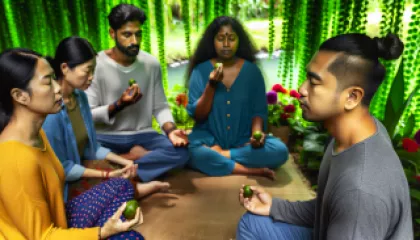Confronting Workaholism: An Interview with a Recovering Workaholic
1 year ago
Workaholism
Incorporating Mindfulness into Your Daily Routine: A Step-by-Step Guide
1 year ago
Mindfulness in Daily Routines
Overcoming Health Anxiety: My Personal Journey
1 year ago
Health Anxiety
Overcoming Adversity: My Path to Building Resilience
1 year ago
Resilience
5 Essential Steps to Enhance Your Digital Wellbeing
1 year ago
Digital Wellbeing





